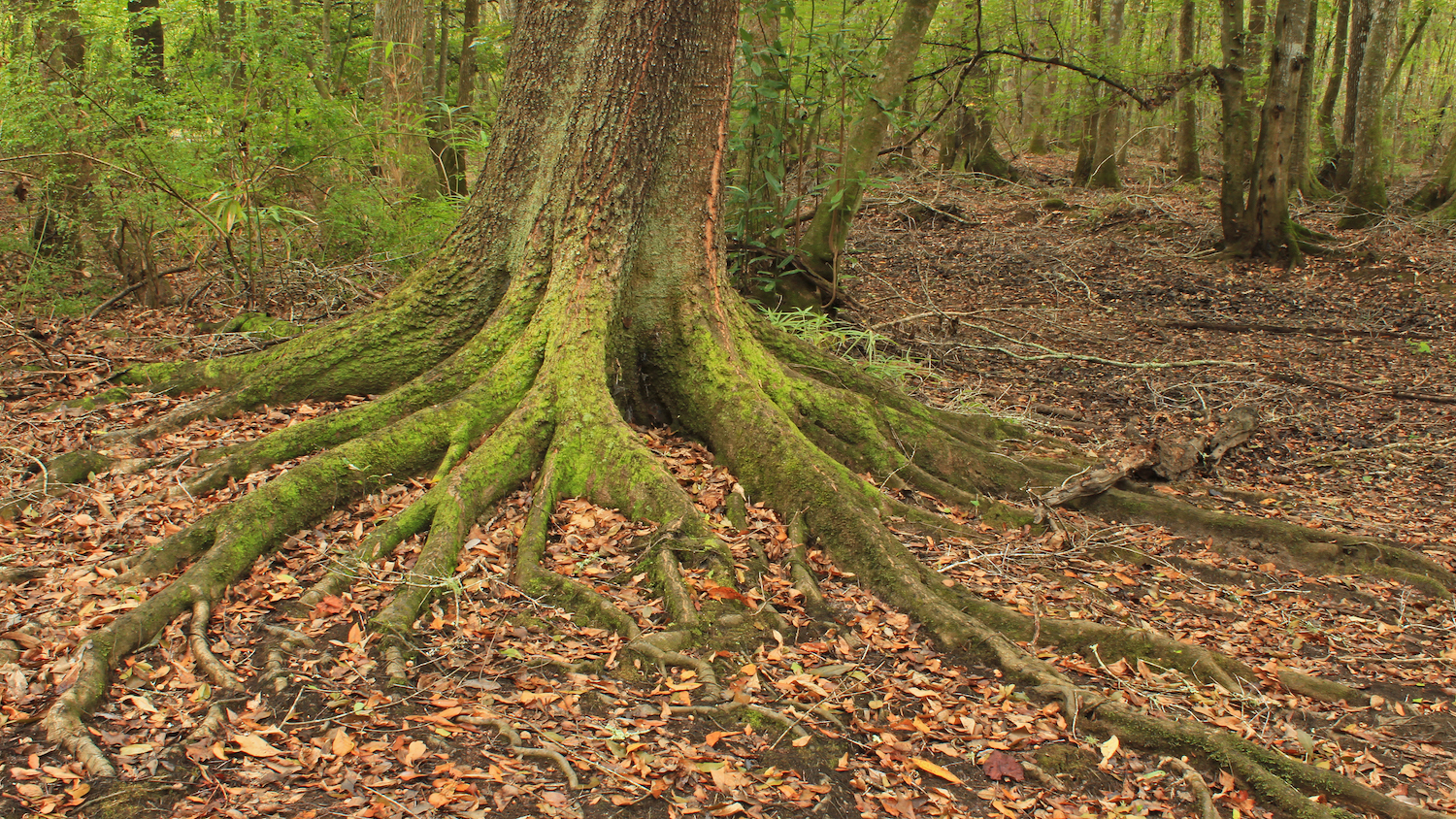Highlighting SE CASC Corridor Modeling Research That Aims to Improve Connectivity Under Climate Change

This semester, the SE CASC Global Change Fellows have worked to create science expert videos that communicate the state of the science of various landscape conservation challenges related to global change in the southeastern United States. Students chose a topic of interest, interviewed an expert in the field, and created an informative video and blog post to share what they learned. The following video and summary were created by SE CASC Global Change Fellow, Samantha Jordt.
Turning the Science of Connectivity into Action

Written by: Samantha Jordt
Interviewee: Dr. Jennifer Costanza (Assistant Professor, Department of Forestry and Environmental Resources, NCSU)
Climate change is already impacting biodiversity and resulting in range shifts for many species; however, the ability for individuals of a species to migrate or move to refugia is often restricted due to habitat fragmentation and a lack of connectivity between remaining habitats. It is critical that efforts are made, not only to protect known corridors between core habitats, but also identify areas where restoration can be most impactful in reconnecting core habitats. This is a considerable challenge given how quickly climate and land-use can change.
This project uses regional information to build models that identify core habitats for three species (black bear [Ursus americanus], timber rattlesnake [Crotalus horridus], Rafinesque’s big‐eared bat [Corynorhinus rafinesquii]) and potential priority corridors for those species, given their dispersal requirements. The models detected core habitats and connectivity in the current environment and under future climate regimes, as well as identified the protection status of those habitats. The resulting priority corridor maps differed considerably between species. This lack of model consistency among species led researchers to compare connectivity maps from other known modeling efforts. Similarly, modeling efforts identified few overlapping priority corridors within the same geographic range, suggesting that, just as there is no one corridor that will serve all species, there is no one model that can identify all priority corridors.
The models developed for three species in the Southeast should be used in conjunction with the growing number of other modeling efforts as well as updated land-use, climate, and local data to make decisions that improve connectivity across a rapidly changing landscape.
Take home points
- Corridors are necessary to connect remaining core habitats.
- There is no one corridor fits all: Species face different connectivity challenges.
- Models often identify different priority corridors.
Management implications
The corridors identified by these models are a first step in recognizing potential areas for increasing connectivity in the Southeast. Identifying actionable corridors will require replacing and augmenting the regional data used in these models with local and current data, as well as updated climate models. Managers now have access to multiple tools and models to better inform efforts in improving connectivity for multiple species in a rapidly changing environment.
Resource List
- SE CASC Corridor Project Information
- More information about SE CASC
- More information on connectivity and corridors:
- More information about Dr. Costanza:
Associated Publications
- Watling, et al. In Preparation. Effects of data inputs and modeling approaches on prediction for connectivity across large regions. Methods in Ecology and Evolution
- Costanza, et al. In Preparation. The value of current landscape connections in future climates.
- Costanza, J. K., J. Watling, R. Sutherland, C. Belyea, B. Dilkina, H. Cayton, D. Bucklin, S. S. Romañach, and N. M. Haddad. 2020. Preserving connectivity under climate and land-use change: No one-size-fits-all approach for focal species in similar habitats. Biological Conservation 248:108678.
- Categories:
